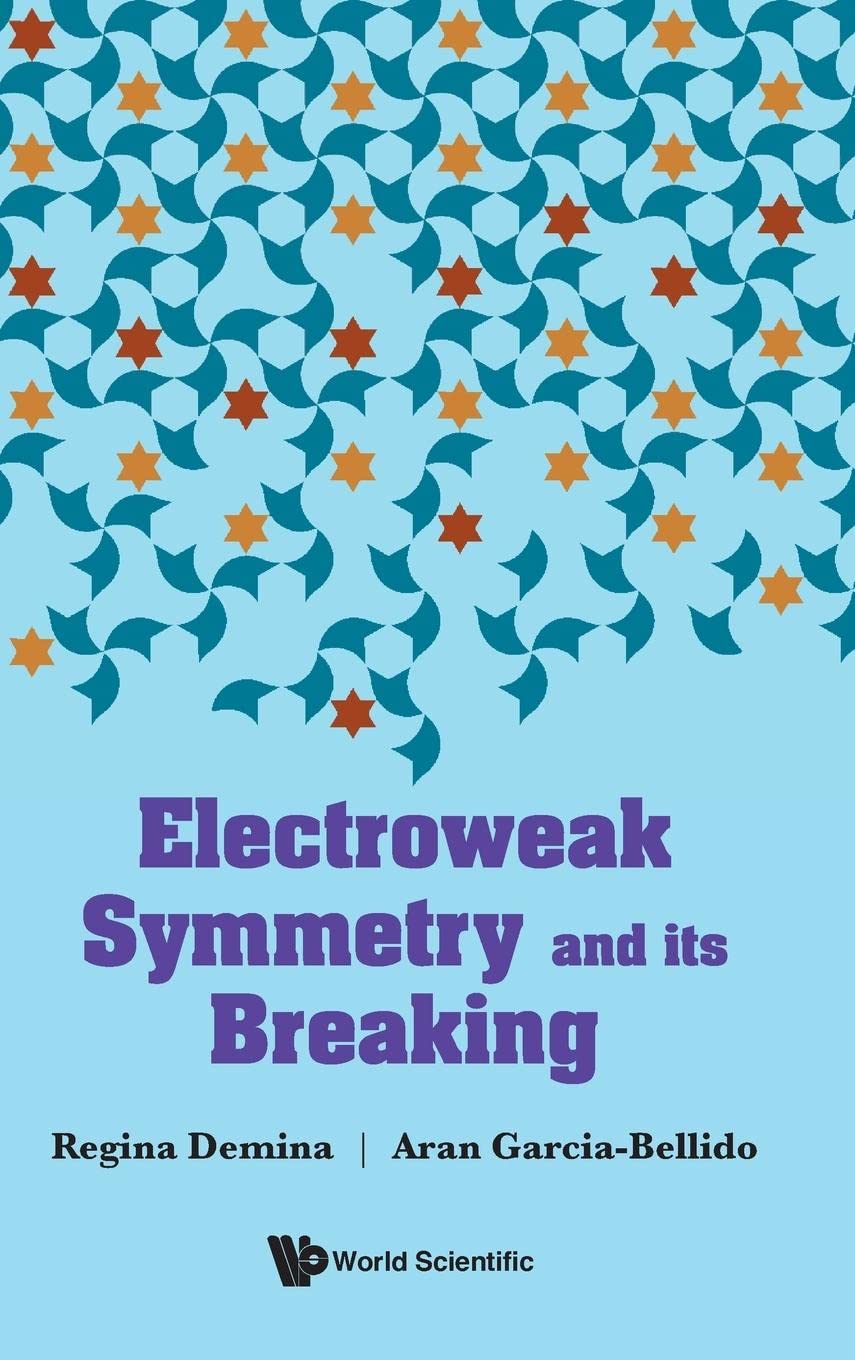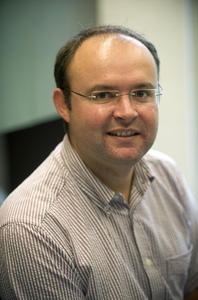Research
I am a particle physicist working in the CMS experiment at the LHC. I am interested in discovering signatures of new heavy particles that could explain dark matter, and in precision studies of the top quark, the heaviest elementary particle. I also worked on the DØ experiment at the Tevatron from 2002 to 2014, where I was involved in discovering and studying single top quark production. In 2025, all LHC experiments were awarded the 2025 Breakthrough prize for the publications of the Run-2 data released between 2015 and 2024.
Check out my ORCID webpage with selected publications and basic biographical information, and here you can find my Academic Tree.
Some recent results with 13 TeV CMS data from my group:
- Search for resonant production of strongly-coupled dark matter in proton-proton collisions at 13 TeV CMS EXO-19-020, JHEP 06, 156 (138 fb-1)
- Measurement of the top quark Yukawa coupling from electroweak corrections to the top quark pair production cross section CMS TOP-17-004, Phys. Rev. D 100, 072007 (35.8 fb-1)
- Theory, phenomenology, and experimental avenues for dark showers: a Snowmass 2021 report Eur.Phys.J.C 82 (2022) 12, 1132
- Dark sector searches with the CMS experiment Physics Reports, Vol. 1115 (2025) 448-569. CMS-EXO-23/005
- Review of searches for vector-like quarks, vector-like leptons, and heavy neutral leptons in proton-proton collisions at sqrt(s) = 13 TeV at the CMS experiment Physics Reports, Vol. 1115 (2025) 570-677. CMS-EXO-23/006
Link to the Physics Department Calendar of events.
Teaching
Current course: PHY114 - Fall 2025 - Electricity and Magnetism, Modern Physics for life sciences
Office hours: Tuesdays 2.00-3.00pm; But feel free to stop by at any time if I am available.
Past classes at Rochester:
- PHY254/440 - Fall 2024 - Particle Physics
- PHY122P - Fall 2024 - Electricity and Magnetism (self paced)
- PHY121 - Spring 2024 - Mechanics for scientists and engineers
- PHY254/440 - Fall 2023 - Particle Physics
- PHY122P - Fall 2022 - Electricity and Magnetism (self paced)
- PHY109 - Spring 2022 - Quantum world
- PHY122P - Fall 2021 - Electricity and Magnetism (self paced)
- PHY100 - Spring 2021 - Physics of the natural world
- PHY122P - Fall 2020 - Electricity and Magnetism (self paced)
- PHY114 - Fall 2019 - Electricity and Magnetism, Modern Physics for life sciences
- PHY109 - Fall 2019 - Quantum world
- PHY403 - Spring 2019 - Modern Statistics and analysis of large data
- PHY114 - Fall 2018 - Electricity and Magnetism, Modern Physics for life sciences
- PHY582 - Spring 2018 - Particle Physics II
- PHY113 - Fall 2017 - Mechanics for life sciences
- PHY403 - Spring 2017 - Modern Statistics and analysis of large data
- PHY113A - Fall 2015 - Mechanics for life sciences
- PHY122 - Fall 2014 - Electricity and Magnetism
- PHY403 - Spring 2014 - Modern Statistics and analysis of large data
- PHY122B - Fall 2013 - Electricity and Magnetism
- PHY254/440 - Spring 2013 - Introduction to Nuclear and Particle Physics
PHY100 - Spring 2013 - Physics of the Natural World - PHY100 - Spring 2012 - Physics of the Natural World
- PHY122 - Fall 2011 - Electricity and Magnetism
- PHY100 - Spring 2010 - Physics of the Natural World
- PHY113 - Fall 2009 - Mechanics for life sciences
- PHY121 - Spring 2009 - Mechanics for scientists and engineers
- PHY100 - Fall 2008 - Physics of the Natural World
Talks
Here is a list of the seminar and conference talks I have given.
Book
 |
Electroweak Symmetry and its Breaking World Scientific (2023) ISBN: 9789811222245 (hardcover); 9789811222269 (ebook) Fundamental interactions are mediated by bosonic fields, quanta of which are realized as particles. The properties of these fields typically obey certain symmetry rules. In this book we discuss the symmetry between two types of interactions - electromagnetic, which are familiar to anyone who turned on the electric lights, and weak, which govern the nuclear reactions that fuel the Sun. While there is a symmetry between these two types of interactions, it is broken. The unified theory of electroweak interactions was developed over 50 years ago. The Higgs scalar field named after one of the theorists that proposed it, is believed to be responsible for the breaking of the electroweak symmetry. Yet, it is only now after the discovery of the Higgs boson in 2012 by the LHC experiments, that we can study the mechanism of the electroweak symmetry breaking. This book discusses the theoretical developments that led to the construction of this theory, the discovery and the experimental observations that need to come to fully establish the validity of the model. |
